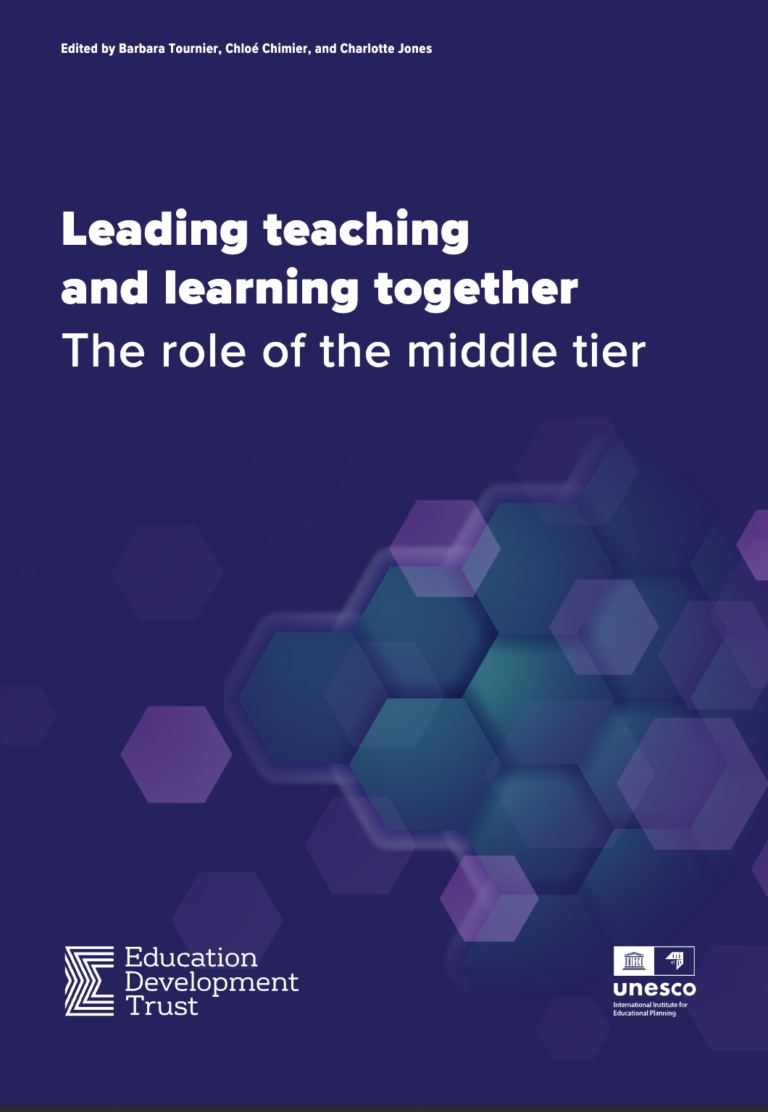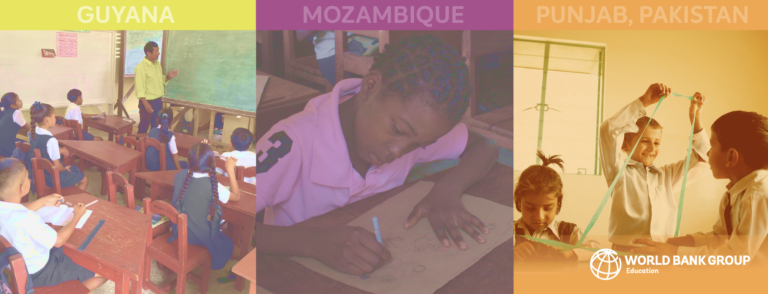As a new school year kicked off in many countries, the media was flooded with stories of a growing crisis of teacher shortages, with even the most dedicated and passionate educators growing tired of the lack of support, resources and recognition. A new report looks at trends in the teaching profession around the world and makes recommendations for improvement.
According to the latest calculations carried out by the Teacher Task Force and UNESCO, released to coincide with World Teachers’ Day, recent data show that sub-Saharan Africa alone needs to recruit 16.5 million more teachers in order to reach the education goals by 2030.
This means 5.4 million new teachers are needed in primary and 11.1 million in secondary education, in order to meet the needs of the growing school-age population in the region, and to mitigate growing numbers of out-of-school children.
Some of the biggest challenges are in the Sahel, including Niger and Chad, which need to double their primary teacher workforces to meet the goals.
In Southern Asia, despite progress in some countries, a substantial shortfall of seven million teachers remains: 1.7 million teachers will be needed in primary and 5.3 million in secondary education. This is nevertheless a considerable reduction from earlier projections.
The lower primary level teacher projection may be attributed to progress towards universal primary education in Bangladesh and India, as well as to declining birth rates.
Elsewhere in the region, in Afghanistan and Pakistan, the annual growth rate of primary teachers would have to increase by about 50% or more than 10 % annually to achieve universal primary education by 2030.
Teacher shortages are not just a developing world crisis but one being experienced around the world, including in countries like Australia, China, Estonia, France, Great Britain, Japan, Malaysia, the Netherlands, the United States and others.
Read the full article on the Global Partnership for Education website.



